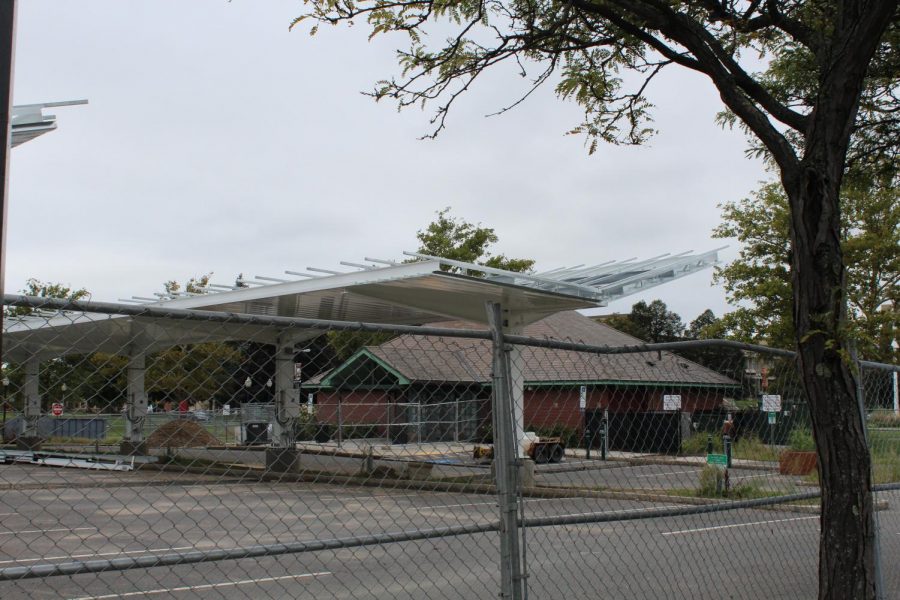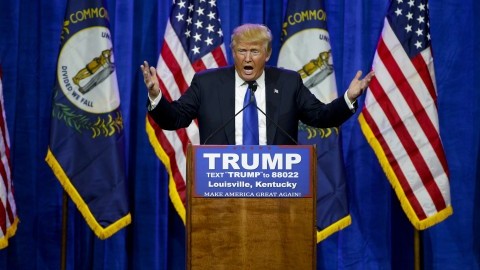Depending on who you ask, the tariff on manufactured solar panels placed last Tuesday is either a boon to the solar industry or a controlled implosion.
It may be a stretch to say that President Trump is sabotaging the solar industry, especially since the argument that the tariff would make American solar panel production more competitive makes sense on paper. But its opponents argue that it will cost jobs in the long run and raise prices of solar panel administration across the country. Already, SunPower, a California-based solar panel project company, halted a 20 million dollar project to build “new factories and hundreds of new jobs,” according to the Pacific Standard.
However, due to conflicting interests, finding the truth about such a tariff’s impact is complicated. After campaigning on the revival of the coal industry over countless green-energy opportunities and expressing disbelief over climate change, President Trump is the last person one should expect to advocate for the solar panel industry. On the other hand, there were clear signs that President Trump was planning on “cracking down” on trade this year; per Politico, a tariff on anything in general would be consistent with what we should expect from this administration.
There are plenty of convenient explanations regarding why such a tariff could help the United States economy and revitalize the solar industry—or how it might have six years ago. In 2012, the Obama administration placed a tariff, similar to the most recent one, in response to China’s aggressive subsidies toward solar panel production, which made solar panels abnormally cheap. Many defenders of protectionism will use this as an example to absolve Trump, suggesting that he is only repeating what a previous administration has done.
Yet, that argument neglects context. Keep in mind that the solar panel industry is rapidly changing. In 2016, solar energy was the fastest-growing source of energy worldwide; in the United States, solar jobs were growing 17 times faster than the national economy. Because of this ballooning market, the domestic market is changing, too.
More importantly, when the Obama Administration set this tariff, China was performing so-called “antidumping,” an unfair exporting strategy which the European Union was in the midst of investigating. One can also see, through the 2017 U.S. Energy and Jobs Report, that manufacturing in 2011 approached a growth rate of zero.
So there was a clear and present reason to impose a tariff then, but what about now? Contrary to President Trump’s harsh rhetoric against China, their dominance in solar panel production has been slipping in the last few years. Prices have been rising due to rising wages, slow delivery times and a global crackdown on antidumping. Moreover, solar panel manufacturing job growth is around 50 percent—the highest it has ever been.
Beyond Chinese imports, the real jobs are coming from secondary industries. Revisiting the 2017 Jobs Report, we can see that seven in ten solar employees work with completed panels, e.g., construction, installation, and wholesale trade. Furthermore, the fastest-growing job in the solar sector is in project development, followed by installation and sales. These jobs were not nearly as present in 2012, when the first tariff was enforced. Today, the real job growth we hear about in solar doesn’t come from manufacturing; it comes from good old-fashioned construction and entrepreneurialism.
So why are we getting this tariff now? Due to high industry competition and a lawsuit by Suniva and SolarWorld, two companies that filed for bankruptcy that year. Suniva asked for the tariff, arguing it was “necessary to save American manufacturing.”
Bingo. At the heart of the tariff debate isn’t necessarily to create rational growth of American jobs, but to profit off Trump’s narrative of taking back manufacturing. It ignores the fact that even United States solar manufacturing companies have factories in Southeast Asia—even that several other countries’ economies will suffer as a result of our trade policy.
The utilitarian observation here would be that the tariff is harmful, since deliberately raising the average cost of panels overall will hurt the largest, fastest-growing part of the market while benefiting a slow-growing fifth. That is not to say a worker or business owner shouldn’t defend their own place of work, or that there isn’t a separate (and valid) discussion about the morality of poor working conditions in outsourced countries. But that if creating jobs is the goal, throwing a major industry in limbo to support a fraction of it to garner anti-globalist/nationalist support is no way of accomplishing it.
James Mazarakis is a Collegian columnist and can be reached at [email protected].

















